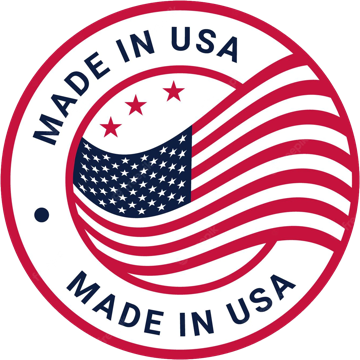UPDATED JANUARY 2025
When selecting and using a hitch-mount bike rack, understanding the concept of hitch class is crucial for ensuring both safety and optimal performance. This determines the compatibility of the bike rack with your vehicle, as well as the stability of your bikes during transport.
Hitch Class
Hitch class refers to the strength and size of the hitch receiver that is mounted on a vehicle. There are several hitch classes (I, II, III, IV, and V), each with different weight capacities. The class of the hitch directly influences the types of bike racks that can be used, as well as the maximum weight the vehicle can safely carry.
- Class I hitches, typically rated for 100-200 pounds tongue weight, are common on compact cars and smaller SUVs and minivans. They typically have a 1.25” receiver size and can be used with cargo carriers, kayaks, mobility scooters, and 1-2 lightweight bikes.
- Class II hitches can handle a higher capacity, usually 200-525 pounds tongue weight. These are most often found on passenger cars, smaller SUVs, and minivans and have a 1.25” receiver. They carry similar loads as a class I hitch as well as small trailers, small pop-up campers, and small boats. Class I receivers have a stopper to prevent you from carrying too much weight; class IIs do not have the stopper.
- Class III hitches, rated for 300-800 pounds tongue weight, are the most common hitch and are 2” x 2”. You’ll find them on full-size cars, large SUVs, minivans, and light trucks. They accommodate larger, more robust bike racks capable of carrying multiple bikes. You might be able to use a 1.25” accessory with an appropriate adapter.
- Class IV and V hitches are typically used on larger vehicles like full-size trucks and heavy-duty SUVs. These are designed for much heavier loads like large travel trailers, utility trailers, motorcycles, snowmobiles, and 2-4 heavy bikes.
When choosing a hitch-mount bike rack, it’s important to ensure that both the rack and the vehicle’s hitch class are compatible. For instance, a Class I hitch may not be able to handle a heavy-duty bike rack designed for Class III or IV hitches, which could lead to unsafe loading conditions or damage.
In general, QuikrStuff recommends a Class III hitch for our products. Class III or greater is required to carry four bikes and/or eBikes; class II for 1-, 2-, or 3-bike setups, these being regular bikes, not eBikes; possibly a Class I hitch for 1 or 2 very light bikes.
Please feel free to reach out to support@quikrstuff.com with any questions you may have.


